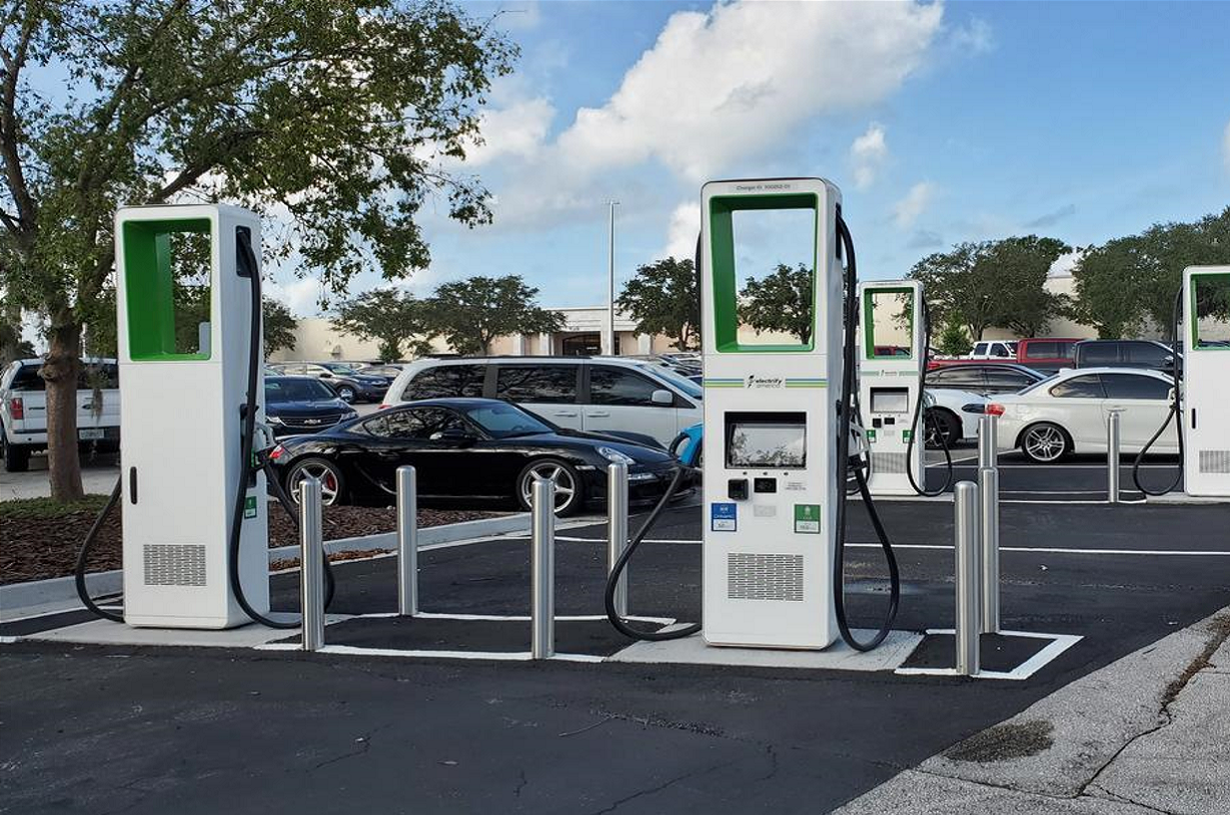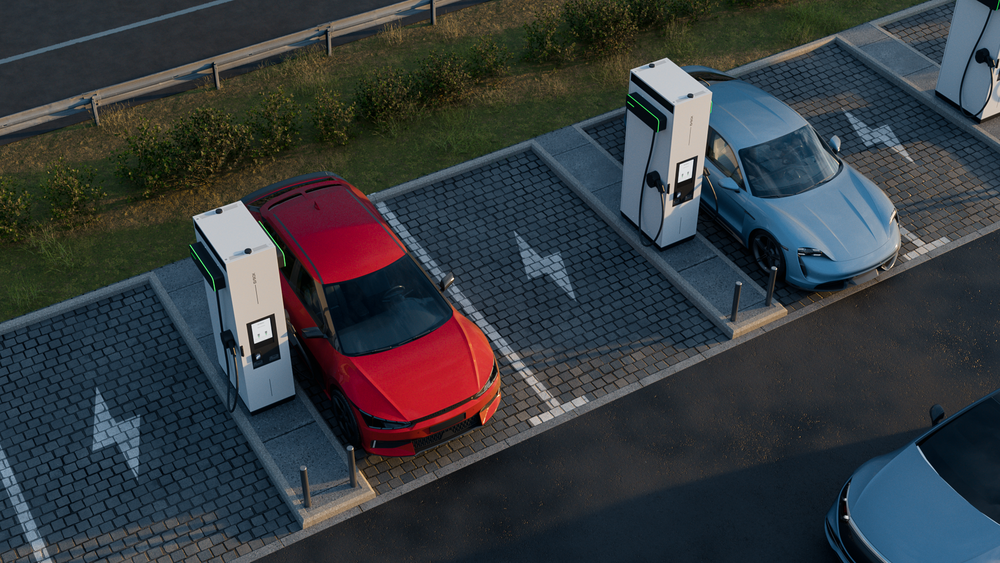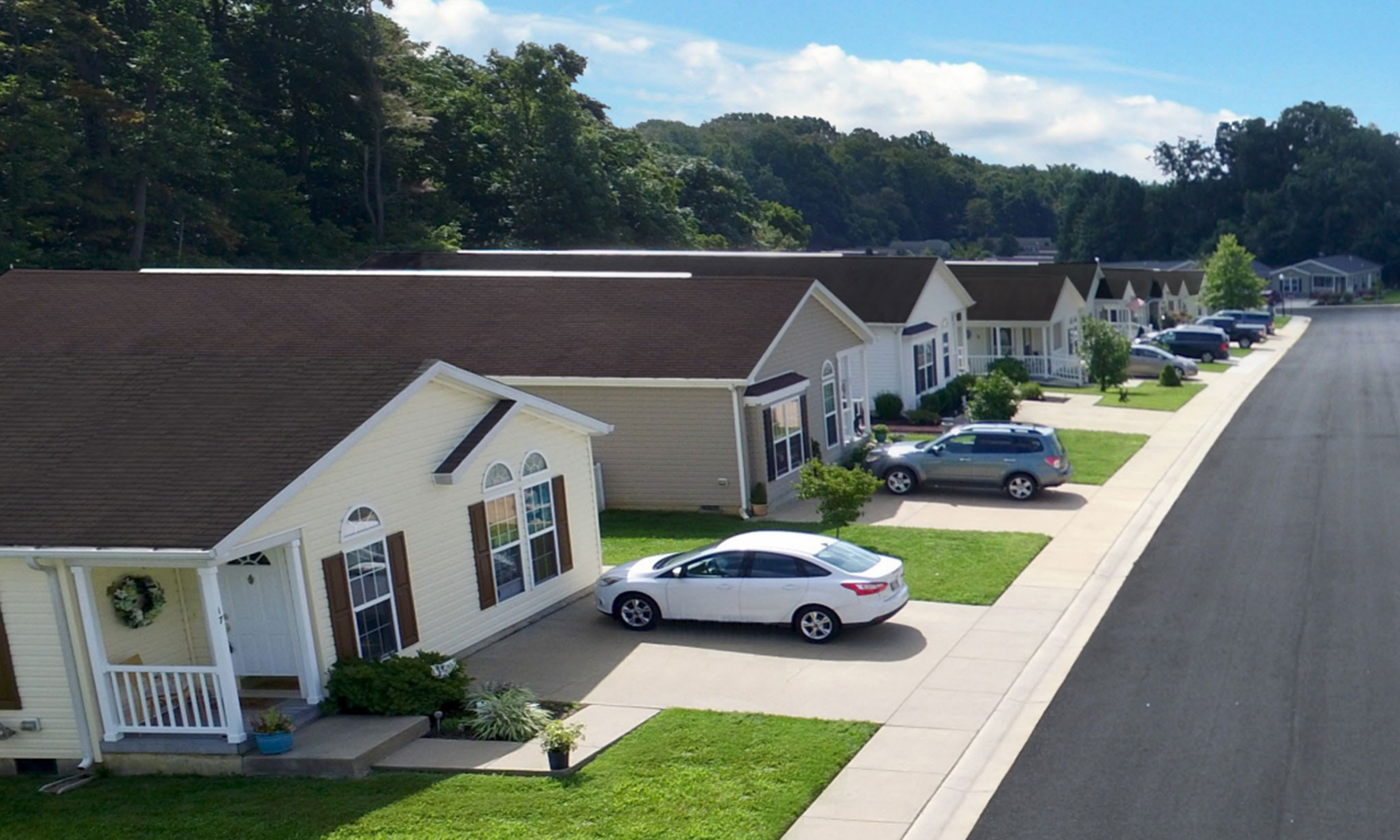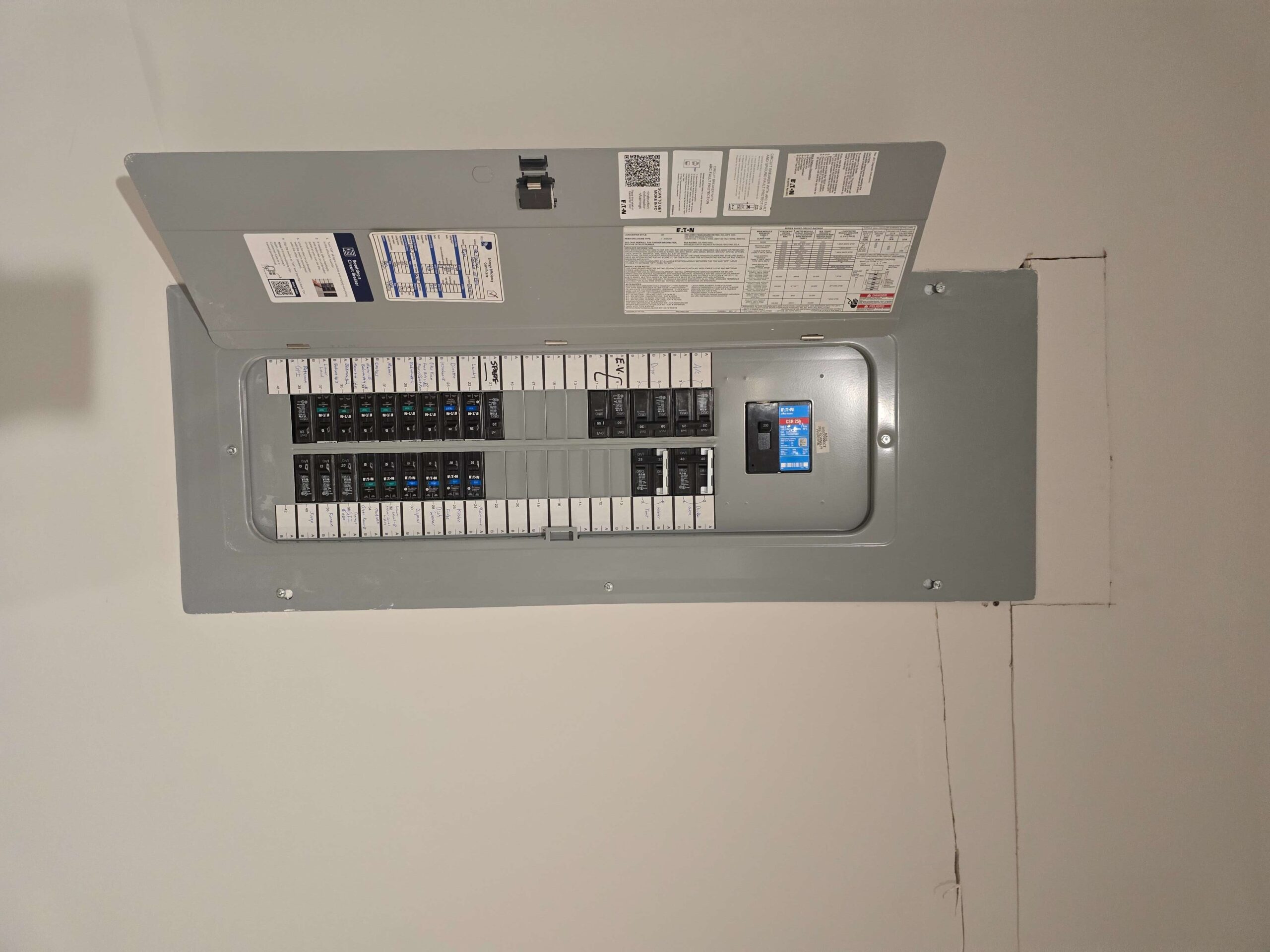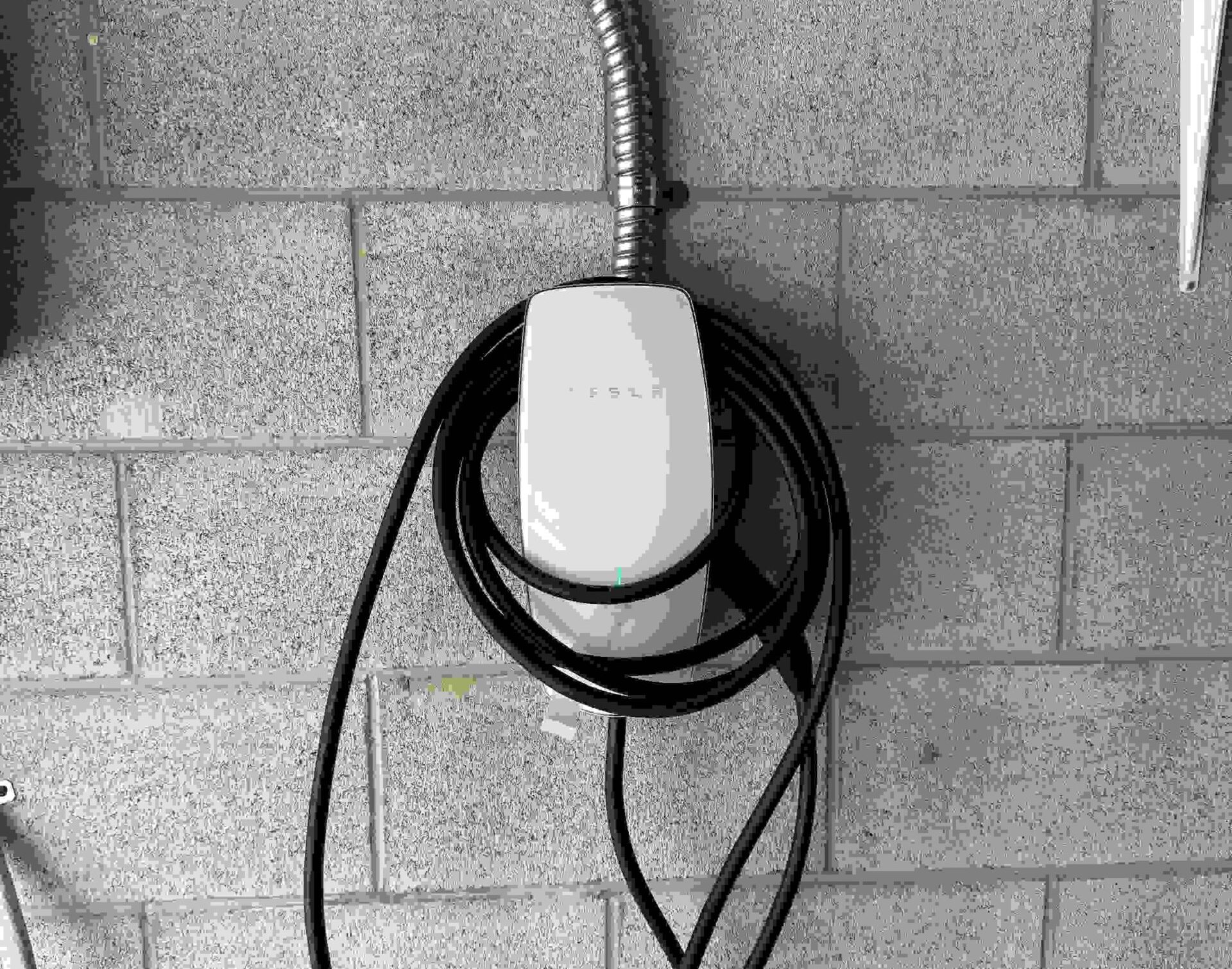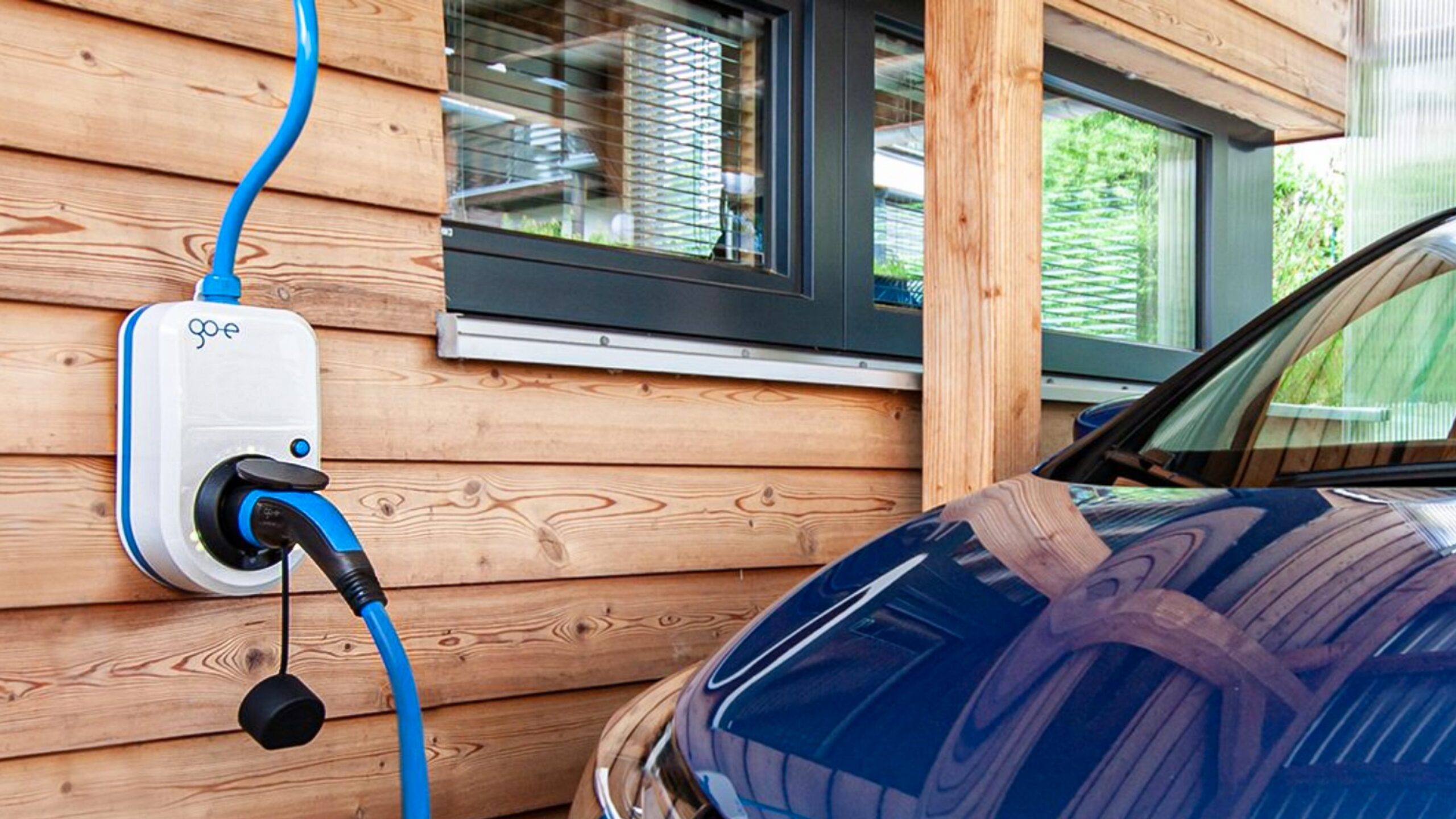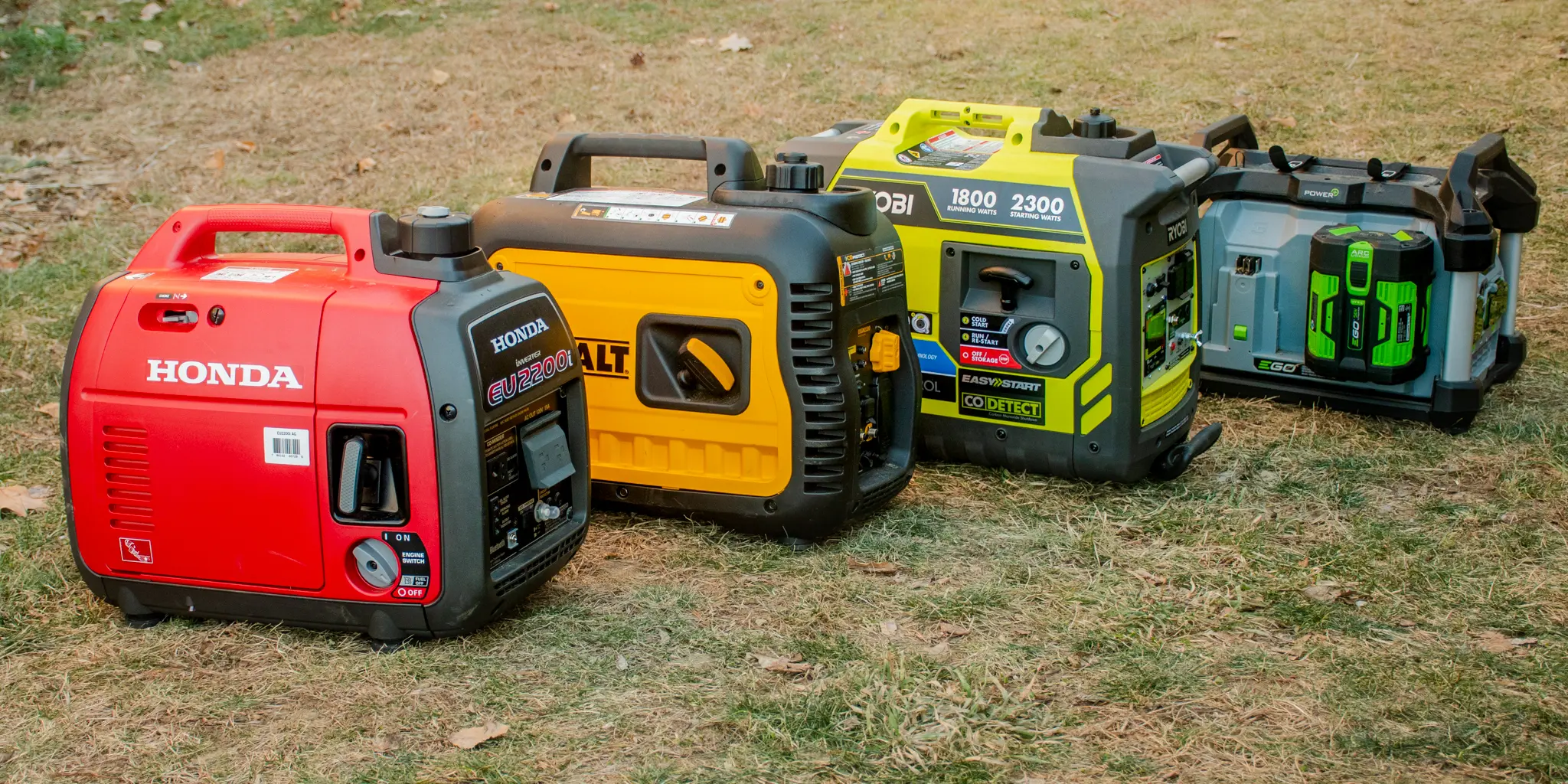
The moment the lights go out in Central Ohio, often without warning, thanks to summer storms rolling through Dublin or the heavy ice that hits Worthington, you realize the true value of backup power. For homes and small businesses in Columbus, Gahanna, Westerville, and beyond, a reliable generator is no longer a luxury; it’s a necessity for protecting your property and family. But as you begin to shop, one core question emerges: What is the real difference between a portable generator with a transfer switch and an automatic standby generator?
The decision between a portable vs standby generator is one of the biggest investments you’ll make in home resilience. It’s a choice that impacts convenience, safety, cost, and the sheer amount of power available when the grid fails. At Electric Medic, we’ve spent over 25 years installing, maintaining, and repairing both types across Central Ohio. We know the unique demands of an older Hilliard home versus a sprawling New Albany property.
This comprehensive guide will go beyond the basics, giving you an expert, side-by-side comparison of whole-house generator vs portable models, ensuring you make the absolute best choice for your family’s comfort and security.
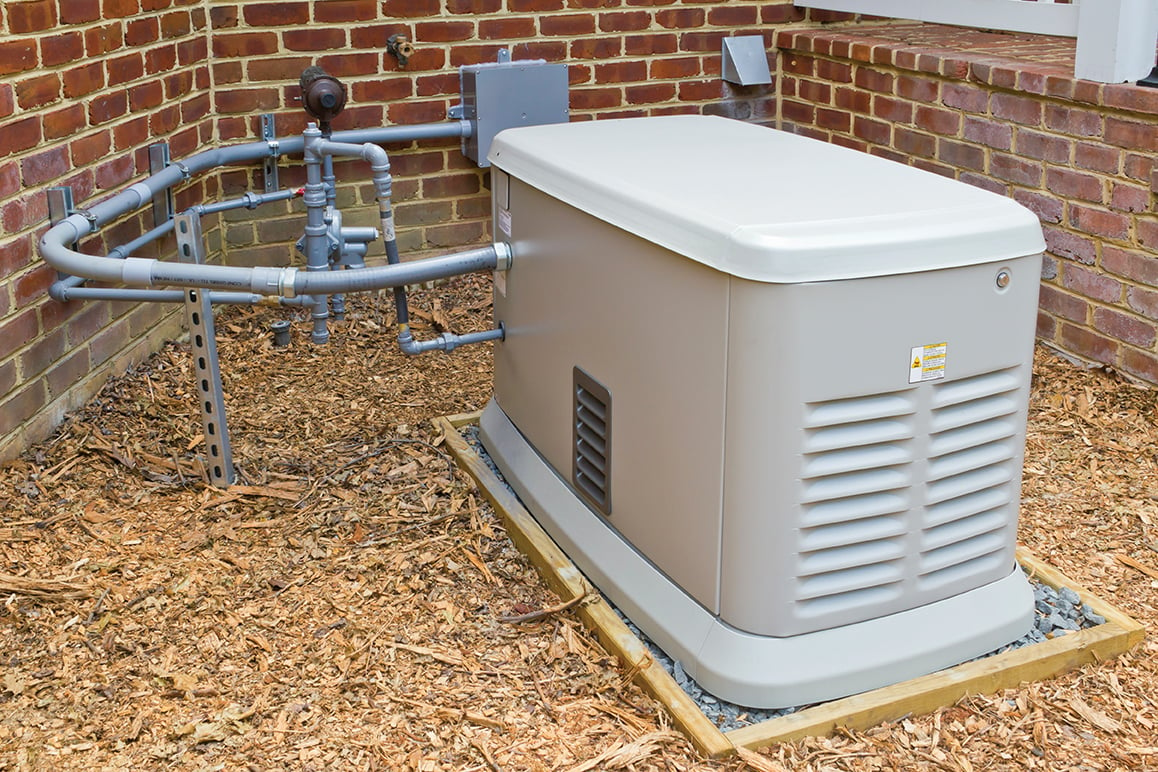
Part 1: Deep Dive into the Two Main Generator Types
To settle the debate of portable vs whole house generator, we must first define exactly what each option entails, including the crucial role of the transfer switch.
1. The Portable Generator: Power on the Go (and the Manual Connection)
A portable generator is the more common, budget-friendly solution, often recognized by its compact frame, wheels, and gasoline-fueled engine. It’s designed to be flexible and movable, making it useful for tailgates, job sites, and, of course, home backup.
The Role of the Transfer Switch (Manual)
To safely use a portable generator for home backup power, it must be connected via a manual transfer switch (MTS). This is a panel professionally installed next to your main electrical panel.
- How it Works: When power goes out, you manually roll the portable generator outside (never inside!), start it up, and connect it to a dedicated outdoor inlet box. You then flip the switch on the MTS inside your home. This physically isolates your home from the utility grid, making it safe to run generator power without back-feeding electricity onto utility lines (a dangerous and illegal act known as ‘backfeeding’).
- What it Powers: The MTS typically only allows you to select a few pre-chosen, essential circuits (e.g., refrigerator, furnace blower, a few lights, and a well pump). It’s designed for critical loads, as even the largest portable units (which range from 5kW to 15kW) cannot power an entire modern home.
2. The Standby Generator (Whole House Generator): Automatic and Permanent
The standby generator—often referred to as a whole house generator vs portable generator—is the ultimate solution for hands-off, comprehensive power protection. It is a large, permanently installed unit that looks much like an outdoor air conditioning condenser. These units are typically fueled by natural gas or liquid propane (LP), offering significantly longer run times than gasoline-powered portable units.
The Role of the Transfer Switch (Automatic)
The standby generator is defined by its use of an Automatic Transfer Switch (ATS).
- How it Works: The ATS is the “brain” of the system. It constantly monitors the utility power line. The instant power is lost, the ATS detects the outage and signals the generator to start. Within seconds (usually 10-30 seconds), the ATS safely switches your home’s power source from the grid to the generator. When utility power returns, the ATS transfers the load back and safely shuts the generator down.
- What it Powers: Standby units are available in much larger sizes (ranging from 10kW to 60kW+), allowing the installation of a generator large enough to power your entire home, including central air conditioning, ovens, electric dryers, and specialized equipment. This is why it’s also known as the best whole-house generator.
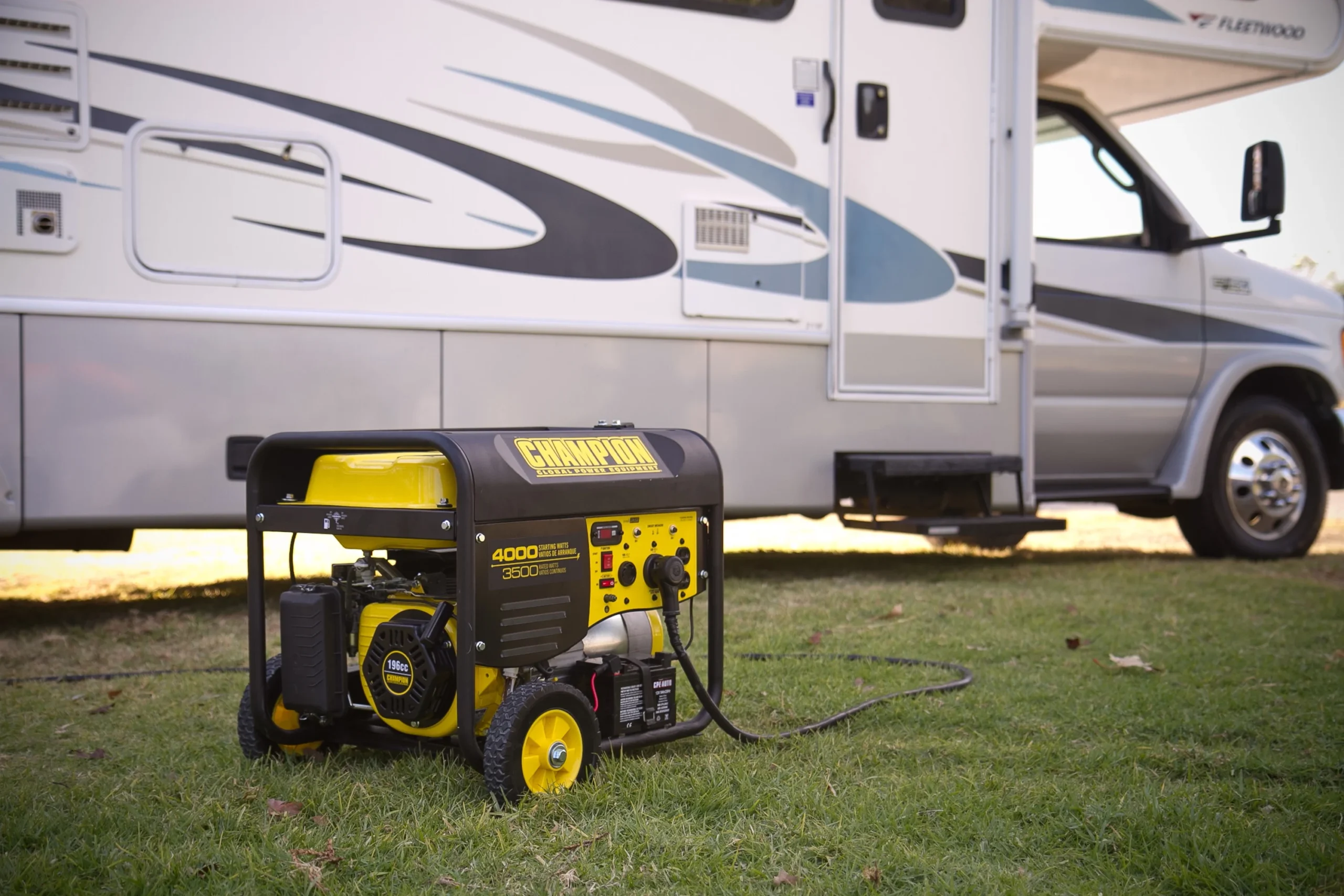
Part 2: The 7 Crucial Comparison Factors of Portable vs Standby Generators
When Central Ohio residents in areas like Dublin, Powell, and Pataskala ask us which option is better, we focus on the factors that truly impact their safety and lifestyle. The choice between a standby vs backup generator hinges on these seven points.
1. Convenience and Automation
| Factor | Portable Generator | Standby Generator (Whole House) |
| Operation | Manual: Requires you to go outside, roll it into position, fuel it, start it, and flip the manual transfer switch. | Automatic: Starts and shuts down on its own. Seamless power transfer whether you are home, away, or asleep. |
| Refueling | Frequent: Runs on gasoline or propane tanks, requiring refueling every 6-12 hours, often in bad weather. | Continuous: Connects directly to your home’s natural gas line or a large, permanent propane tank, allowing for days or even weeks of continuous, unattended power. |
| Central Ohio Scenario | Imagine being out of town during a winter ice storm. A portable unit offers no protection until you (or a neighbor) can physically arrive and start it. | During that same ice storm, the power goes out, and the best home standby generator kicks on automatically, keeping the pipes from freezing and the furnace running without any action required. |
2. Cost: Upfront vs. Long-Term Value
The single biggest differentiator for many customers is the price tag.
- Portable Generator Cost: Low initial investment. The unit itself is typically $500 to $3,000. Installation of a manual transfer switch and inlet box by a licensed electrician usually adds $1,500 to $3,000. Total Estimated Cost: $2,000 – $6,000.
- Standby Generator Cost: High initial investment, but a much better long-term investment. The unit itself (e.g., Generac vs Kohler home generators) can cost $4,000 to $15,000, depending on size. Professional installation, including the ATS, pouring a concrete pad, running gas and electrical lines, permits, and inspections, typically adds $6,000 to $12,000. Total Estimated Cost (Installed): $10,000 – $27,000+.
While the upfront cost of a whole-house generator vs a standby generator is substantially higher, standby units increase home value and, in Central Ohio, are often viewed by potential buyers as a non-negotiable asset.
3. Power Capacity and Coverage
This is where the whole house generator vs portable comparison is most stark.
- Portable: Limited. You must prioritize needs (fridge, furnace) over wants (A/C, oven, dishwasher). You may only be able to power 5-10 essential circuits.
- Standby: Comprehensive. The best whole home generator can be sized to power 100% of your electrical load. This means your central air in the summer, your geothermal system in the winter, and all appliances function normally. This is essential for larger homes in areas like Powell or New Albany.
4. Safety and Code Compliance
Safety is Electric Medic’s number one priority, especially regarding backup power.
- Portable Safety Risks: The primary risk is Carbon Monoxide (CO) poisoning. Portable generator vs standby generator mandates that the portable unit must be placed well away from the house, windows, and doors (at least 20 feet). Improper fueling, running extension cords through windows (which defeats the purpose of the transfer switch), and backfeeding are all dangerous risks associated with manual use.
- Standby Safety Features: Standby units are permanently installed by local licensed electricians on a concrete pad with safe, compliant spacing and connect directly to a non-gasoline fuel source. The automatic transfer switch guarantees zero risk of backfeeding. The unit itself features advanced safety shut-offs for low oil pressure or high temperatures.
5. Fuel Source and Runtime
The fuel type is a major practical consideration for portable vs standby generator choice.
| Fuel Type | Portable (Typically) | Standby (Typically) | Runtime in Outage |
| Gasoline | Primary Fuel | Rarely Used | 6–12 Hours (Requires constant refueling) |
| Propane (LP) | Secondary Fuel | Common Primary Fuel | Days or Weeks (With large, dedicated tank) |
| Natural Gas (NG) | Very Rare | Ideal Primary Fuel in Columbus | Unlimited (Runs as long as the utility gas line is operational) |
In Central Ohio, the availability of natural gas makes the standby option, such as a Kohler vs Generac whole house generator, highly advantageous for nearly indefinite runtime during a prolonged outage.
6. Noise and Maintenance
- Noise: Portable units are loud, often exceeding 75–85 decibels (dB), similar to a lawnmower, which can violate local noise ordinances in densely packed communities like Westerville or Hilliard. Standby units, particularly high-quality models like those from Generac or Kohler, often operate in the 55–65 dB range (like a normal conversation) due to sound-dampening enclosures.
- Maintenance: Both require maintenance. However, the best home backup generator (standby) performs a weekly or bi-weekly exercise cycle to keep components lubricated and ensure readiness. Electric Medic offers comprehensive maintenance plans for these systems, covering oil changes and checks, making it hassle-free for the homeowner. Portable units require manual checks and stabilization before long-term storage.
7. Installation Complexity
- Portable Installation: Relatively simple, involving the installation of the manual transfer switch and outdoor inlet box by a licensed residential electrician. Minimal permits required.
- Standby Installation: This is a complex process that requires coordination with the gas utility and the local building department. Installation involves:
- Pouring a concrete slab foundation.
- Installing the ATS (Automatic Transfer Switch) on the electrical side.
- Running the fuel line (Natural Gas or Propane) to the unit.
- All work requires permits and must be performed by a certified electrician and licensed gas fitter. This is a job for a true certified industrial electrician or specialist like Electric Medic.
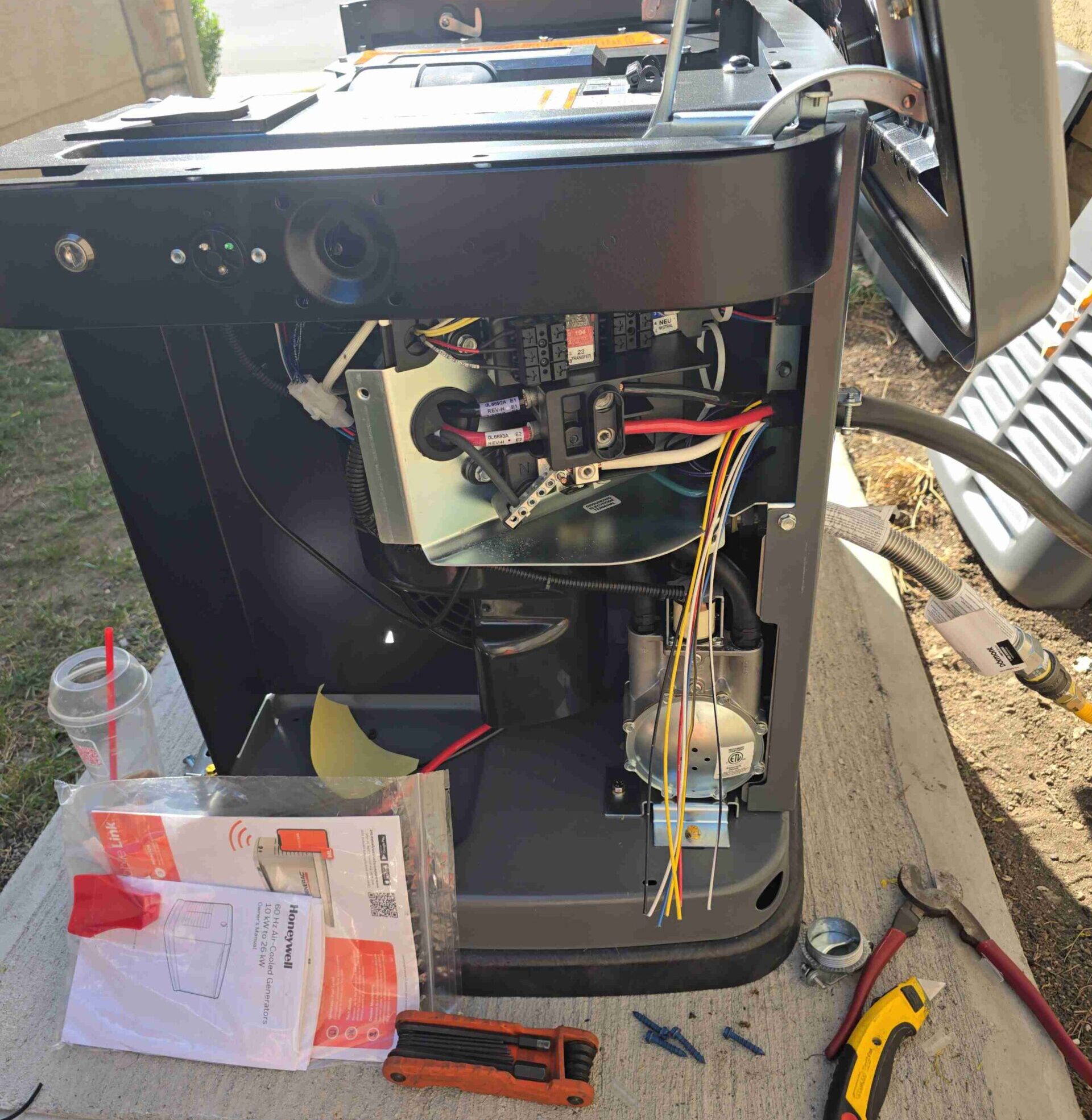
Part 3: Selecting the Best Home Backup Generator for Central Ohio Weather
Central Ohio is subject to volatile weather, which should heavily influence your portable vs standby generator decision. Tornado warnings, straight-line winds, and heavy snowstorms often cause widespread, multi-day outages across Columbus, Pataskala, and New Albany.
When to Choose a Portable Generator
A portable unit is the right choice if your primary concerns are:
- Strict Budget: You cannot manage the initial investment of a standby system.
- Low Needs: You only need to power a few essentials (fridge, lights, phone charging) for occasional, short-duration outages.
- Flexibility: You need the generator for camping, tailgating, or job sites in addition to home use.
- Small Home/Apartment: Your living space is small, and full coverage is unnecessary.
When to Choose a Standby Generator (The Smart Central Ohio Choice)
The best residential standby generator is the definitive choice for most Central Ohio families and businesses because it addresses our region’s specific vulnerabilities:
- Frequent & Long Outages: If you live in a rural area of Powell or an older neighborhood of Gahanna prone to downed lines, a standby unit offers reliable, long-term power.
- Severe Weather Safety: During an ice storm, you simply cannot roll out and refuel a portable unit safely every six hours. Standby units run reliably on clean-burning, accessible natural gas.
- High-Demand Loads: You need continuous power for central HVAC, sump pumps (critical for homes with basements in Hilliard), medical equipment, or a demanding home office setup.
- Hands-Off Operation: You travel frequently or want total peace of mind for older family members who cannot manually operate a heavy, loud, gasoline-fueled machine in the dark.
Generac vs. Kohler: Which is the Best Home Emergency Generator?
When considering a whole-house generator vs a standby generator, the conversation often comes down to the two major players:
- Generac: Leads the market in volume and offers fantastic, cost-effective options from 10kW to 26kW. Generac is known for its excellent support network and the Generac Guardian series is a staple for best-rated whole house generators. They are a reliable choice for the average 2,500 sq. ft. home.
- Kohler: Often cited as the heavy-duty, commercial-grade option. Kohler vs Generac whole house generators often highlights Kohler’s reputation for running slightly quieter and their commercial-grade engines, which some professionals argue leads to a longer lifespan. The decision between the two often comes down to specific features, available fuel type, and price point. Electric Medic is expert in installing and maintaining units from all top manufacturers, including champion vs generac standby generators, ensuring you get unbiased advice.
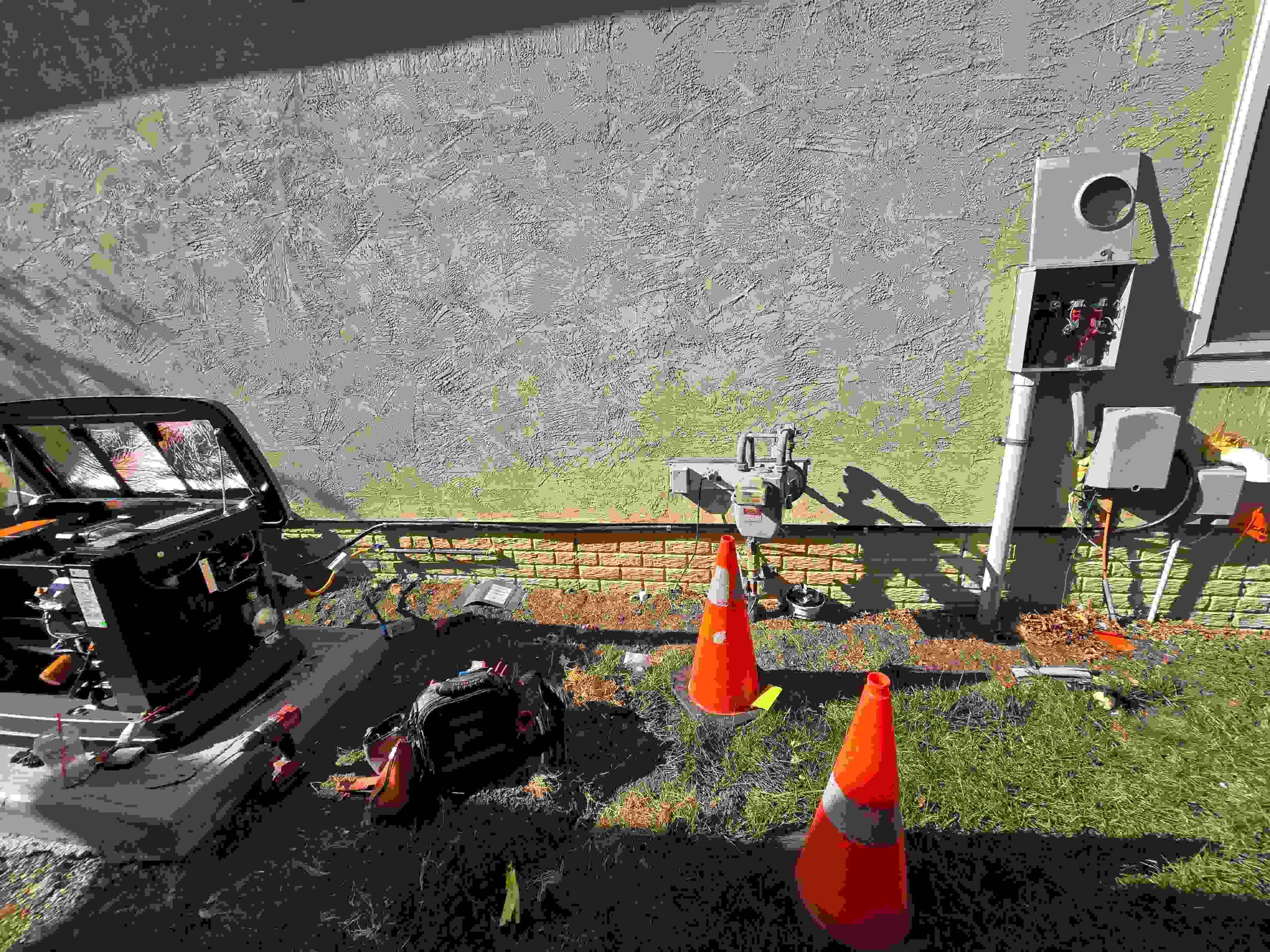
Part 4: Trusting Electric Medic with Your Backup Power Solution
Choosing the right generator is a significant decision. Installing it is a complex electrical and gas fitting project that demands the highest level of professional expertise.
At Electric Medic, we don’t just sell generators; we deliver guaranteed, code-compliant, worry-free power solutions across Central Ohio.
Why Choose Electric Medic for Your Generator Project?
- Local Expertise: Serving Columbus, New Albany, and surrounding suburbs since 2011, we know the local permit process, the natural gas infrastructure, and the specific codes required for a permanent installation in your township.
- Turnkey Installation: We handle every step of the process for your standby unit, from the initial load calculation and pouring the concrete pad to the electrical wiring, gas line connection, final inspection, and system commissioning.
- The Right Size Every Time: We perform a meticulous load analysis to determine the precise wattage your home needs. We ensure you don’t overpay for an unnecessarily large best home standby generator or under-power your home with a unit that’s too small.
- Standby Generator Service and Maintenance: Unlike portable units, a standby generator requires ongoing professional maintenance. Our team provides routine service checks to ensure your generator is always ready to run when Central Ohio power fails.
Whether you need a full best backup generator for your business in Pataskala or a manual transfer switch for your portable unit in Worthington, we provide the solution you need.
Frequently Asked Questions (FAQ)
Q1: Is a portable generator safe to use if I have a professional transfer switch installed?
A: Yes, absolutely. The installation of a manual transfer switch by a licensed residential electrician is the key to safe portable generator use. The switch physically separates your home circuits from the utility grid, eliminating the deadly risk of “backfeeding” power to the utility lines, which could electrocute line workers.
Q2: How is a standby generator fueled, and how long can it run?
A: Standby generators are typically fueled by either natural gas (NG) or liquid propane (LP). If your home is connected to an active NG utility line (common in Columbus, Dublin, and Westerville), the generator can run virtually indefinitely, as the fuel supply is continuous. If running on LP, the runtime depends on the size of your tank, but it will typically power a home for several days to a week.
Q3: What is the benefit of an “Inverter” generator in the portable vs whole house generator comparison?
A: Inverter technology, common in higher-end portable units, produces “cleaner” electrical power, which is safer for sensitive electronics like computers, TVs, and modern appliances. Inverter technology also allows the generator to throttle its engine speed to match the power demand, making it significantly quieter and more fuel-efficient than a traditional portable generator.
Q4: Will installing a whole house generator vs portable increase my home’s resale value in Central Ohio?
A: Yes. While a portable unit is generally not considered an increase in home value, a professionally installed, permanent standby generator is widely considered a highly desirable feature in the Central Ohio housing market. Most experts agree it can add 3% to 5% to your home’s resale value, and it significantly increases buyer appeal, especially in areas prone to outages.
Q5: How often does a standby generator need maintenance?
A: The best residential backup generator requires an annual or bi-annual service check. This professional maintenance (oil change, filter replacement, spark plug check, transfer switch cleaning) ensures the unit will reliably perform when you need it most. Standby units automatically perform a short test run (usually weekly) to keep parts lubricated, which is a key part of their lower ongoing maintenance demand compared to portable units that must be manually started.
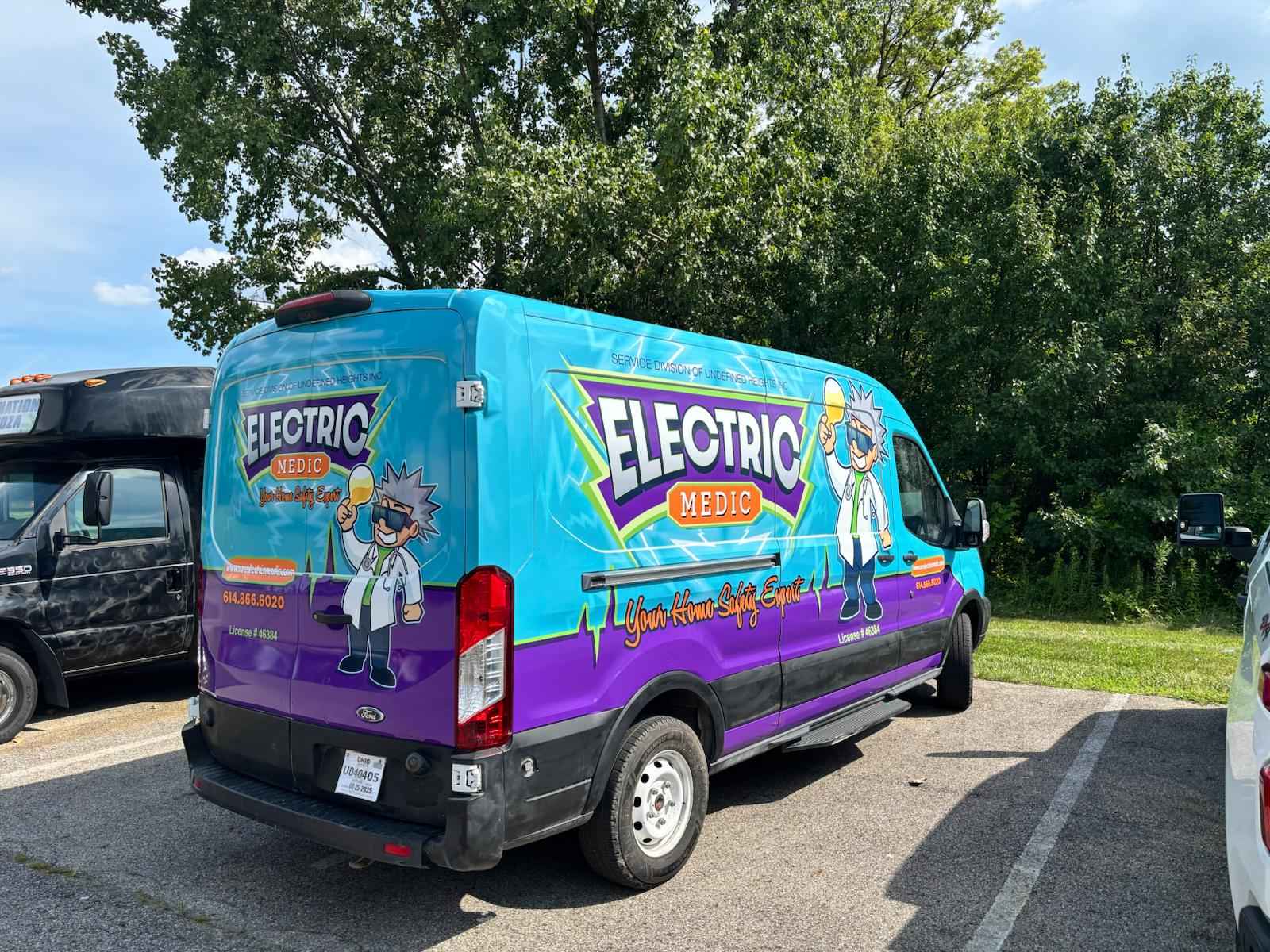
Ready to Never Worry About the Power Going Out Again? Call (614) 866-6020
Don’t let the next Central Ohio storm leave your family in the dark. The time to plan your backup power is before the emergency hits.
Whether you need the full, automatic protection of the best home emergency generator or the safe installation of a transfer switch for your portable unit, Electric Medic has the licensed electrician expertise to guide you.
Call Electric Medic today to schedule aa site assessment for your home or business in Columbus, Dublin, Powell, or any surrounding Central Ohio community! We’ll help you choose the right generator—portable or standby—and guarantee a safe, compliant, and professional installation.



